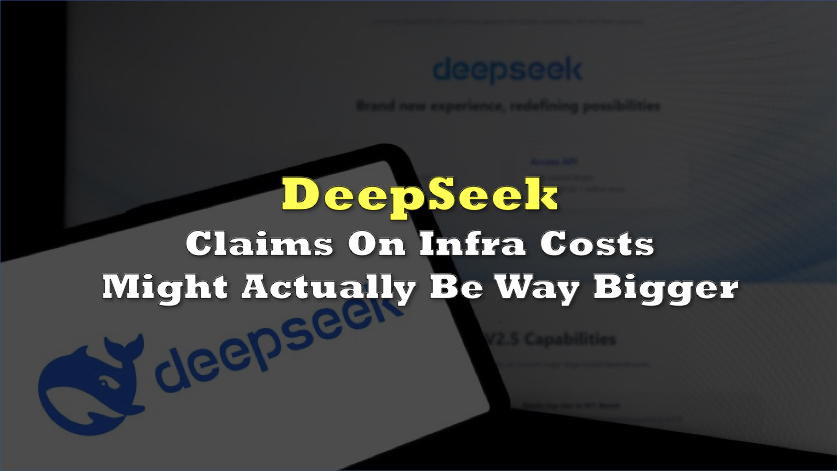Recent investigations into Chinese AI firm DeepSeek have raised significant questions about the company’s public statements regarding its infrastructure costs. While the company has touted its ability to train cutting-edge AI models at a fraction of what competitors spend, independent research from SemiAnalysis suggests the company’s investment in GPUs and server infrastructure is vastly understated.
DeepSeek made headlines by asserting that the training expenses for its acclaimed AI model, R1, amounted to less than $6 million and required a modest deployment of 2,048 GPUs.
However, according to SemiAnalysis, DeepSeek’s GPU investments alone exceed $500 million after accounting for export controls. The research firm explains that the $6 million figure likely represents only a small portion of the overall expenditure, covering merely the GPU costs associated with the pre-training run. In contrast, the total investment—including research and development, hardware ownership, and operational costs—has been estimated at around $1.6 billion, with operating costs nearing $944 million.
“We are confident that their GPU investments account for more than US$500 million, even after considering export controls,” stated a representative from SemiAnalysis.
READ: Is the AI Boom Over?
Central to the revised assessment is the claim that DeepSeek operates an extensive computing infrastructure comprising roughly 50,000 Nvidia Hopper GPUs. This vast pool reportedly includes 10,000 H800 units, 10,000 H100 units, and additional H20 chips, all distributed across multiple data centers.
DeepSeek’s claims have not only stirred debate over cost transparency but have also contributed to broader industry discussions regarding the true cost of innovation in the AI space. The firm’s recent announcement of its Janus-Pro-7B model, which it claims surpasses competitors like OpenAI and Stability AI in image generation benchmarks, further intensified market attention.
In addition, a privacy analysis recently revealed that DeepSeek’s Android application integrates multiple ByteDance data collection components—raising concerns about the transmission of user data to servers in China. CEO Aravind Srinivas emphasized that all DeepSeek usage in their platform is confined to data centers in the United States and Europe.
Information for this story was found via Taiwan News and the sources and companies mentioned. The author has no securities or affiliations related to the organizations discussed. Not a recommendation to buy or sell. Always do additional research and consult a professional before purchasing a security. The author holds no licenses.









